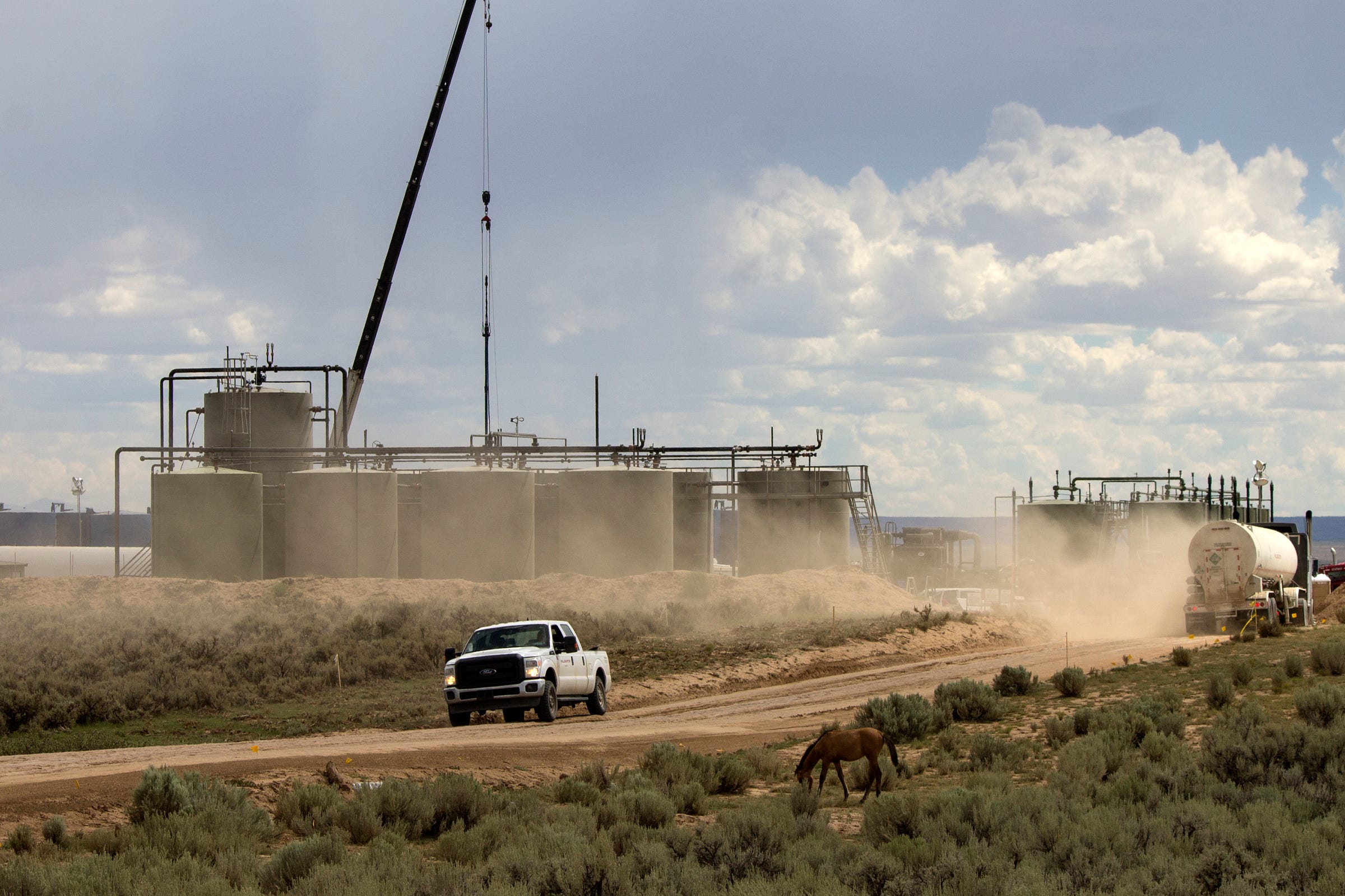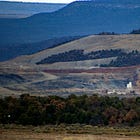Interior eviscerates public land protections, fast-tracks mining, drilling
Plus: National monument shrinkage appears imminent
Don’t forget to enter the Predict the Peak Super Contest!
🤯 Trump Ticker 😱

For the past three months and change, the Trump administration, in a series of executive orders, has been working to dismantle the administrative state, or …
Keep reading with a 7-day free trial
Subscribe to The Land Desk to keep reading this post and get 7 days of free access to the full post archives.


